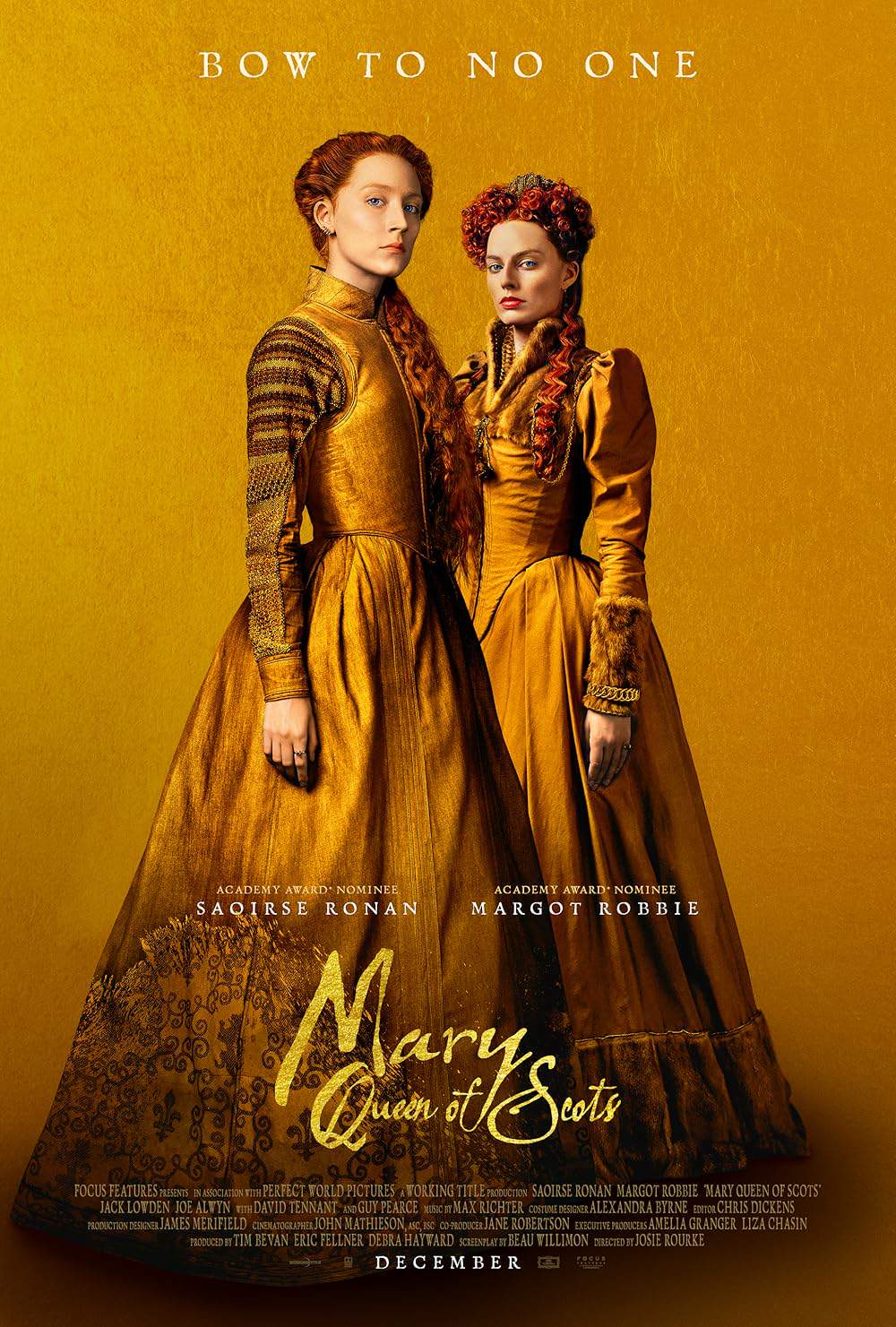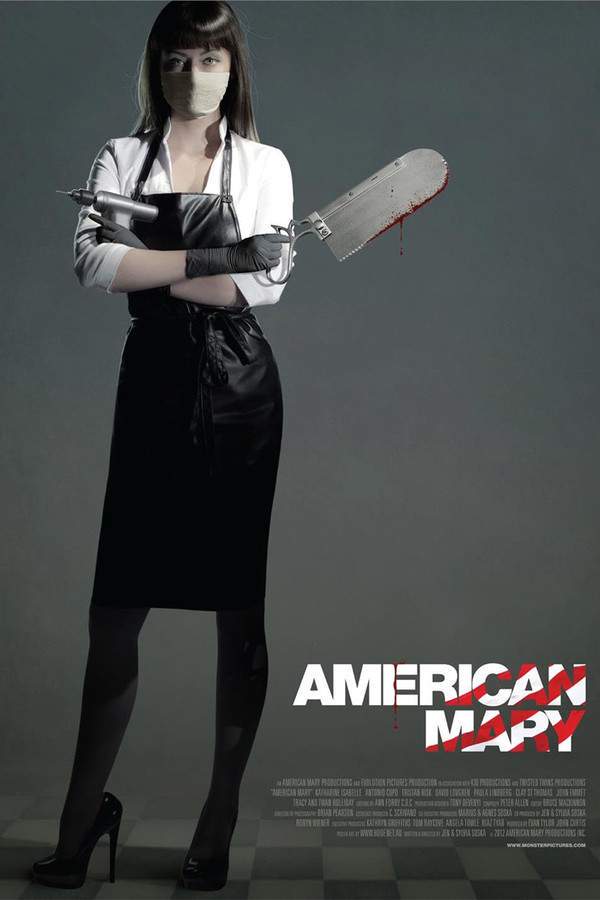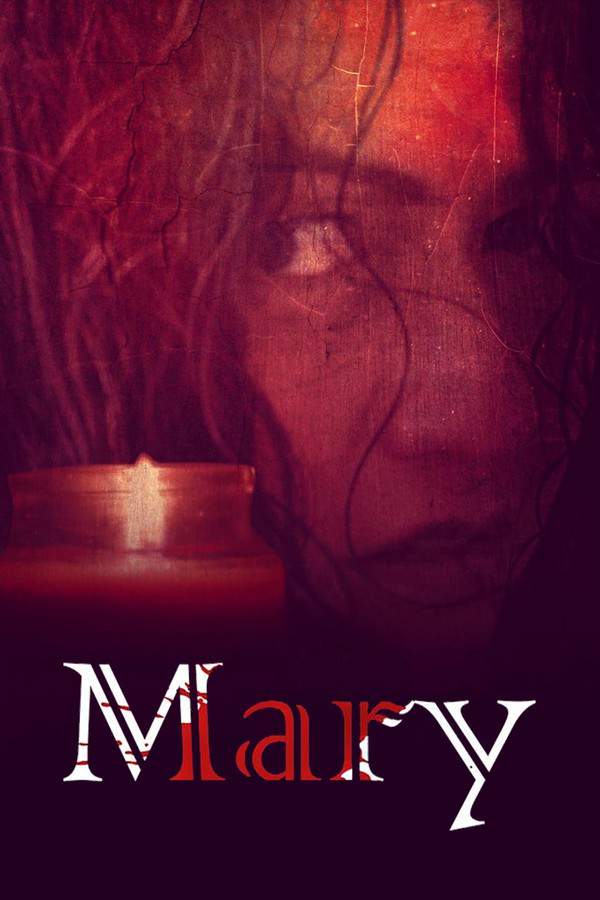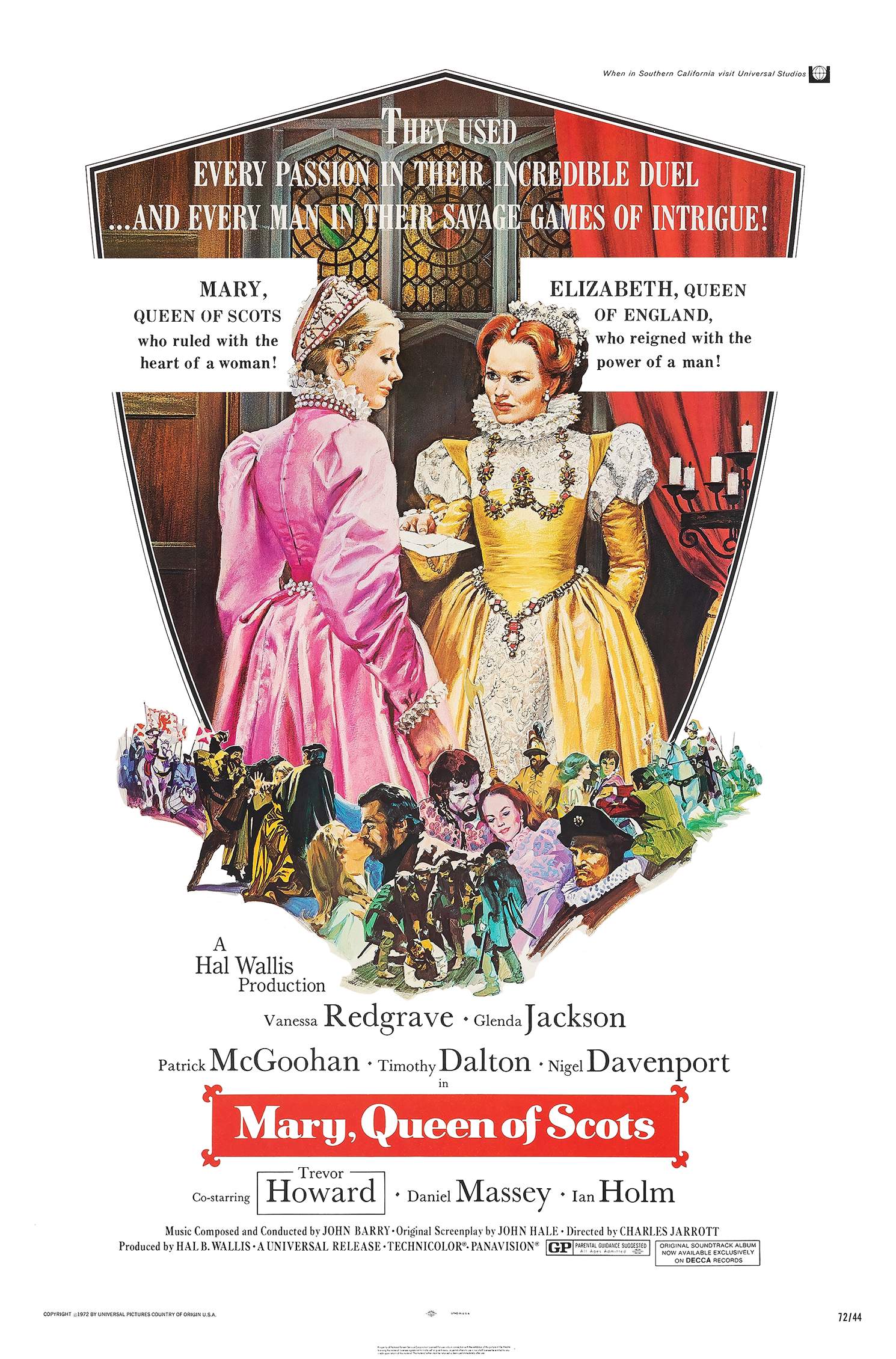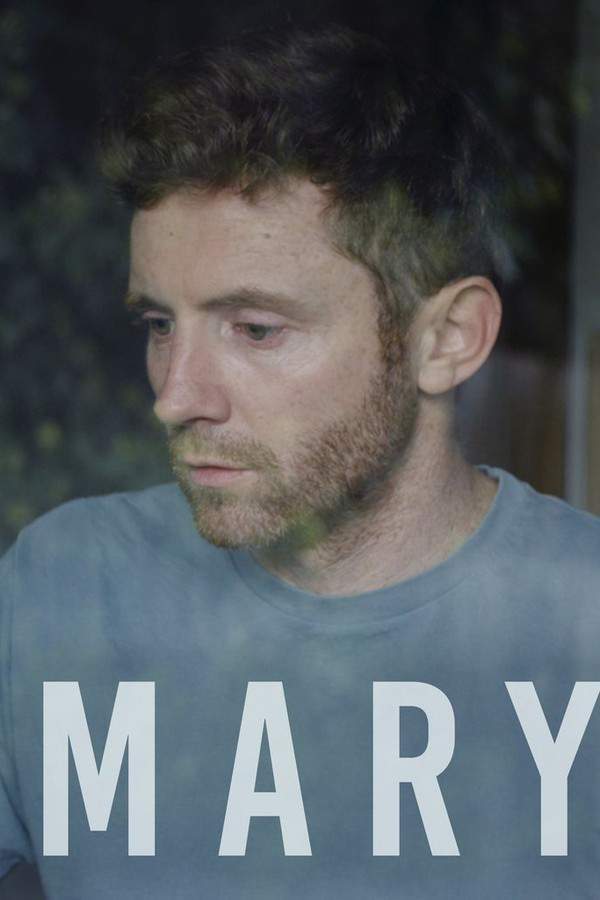
Mary 2019
Directed by

Michael Goi
Made by

Film & TV House
Test your knowledge of Mary with our quiz!
Mary Plot Summary
Read the complete plot summary and ending explained for Mary (2019). From turning points to emotional moments, uncover what really happened and why it matters.
In the year 1561, the young and determined Mary Stuart, portrayed by Saoirse Ronan, returns to Scotland after her husband, Francis II of France, has passed away. At just nineteen, she finds herself stepping back into a country now under Protestant rule. Her half-brother, the Earl of Moray, played by James McArdle, serves as the regent, welcoming her back to a land filled with political intrigue and danger. Having been sent to France as a child to escape death, Mary must now reclaim her throne amidst a kingdom rife with turmoil.
Across the border in England, her cousin Elizabeth, portrayed by Margot Robbie, reigns as the Protestant Queen of England. At twenty-eight, Elizabeth faces pressure from her advisors, who caution her about Mary’s claim to the English throne. The tension between the two cousins builds as Elizabeth’s counsel insists that Mary should submit to her authority rather than Rome, contemplating a marriage that could secure Elizabeth’s power.
Conflicts arise when Mary confronts the Protestant cleric John Knox, played by David Tennant, who views her as a threat to the Protestant cause. In a strategic move to counter Mary’s potential influence, Elizabeth proposes to marry Mary to an Englishman, suggesting Robert Dudley (portrayed by Joe Alwyn), whom she secretly loves. Though both Mary and Dudley resist the idea of marriage, a bout of smallpox afflicting Elizabeth sways Mary to accept the proposition—on the condition that she is recognized as Elizabeth’s heir.
In a twist of fate, Elizabeth sends Lord Darnley (played by Jack Lowden), a Catholic, to Scotland under the pretense of escaping religious oppression. Mary, wary at first, soon warms to Darnley and agrees to marry him. However, their union ignites a constitutional crisis, unsettling both England and Scotland. Elizabeth’s court voices opposition while Mary’s council eye Darnley with suspicion, fearing he may elevate her claim to the throne. As tensions escalate, Darnley’s actions lead to a series of betrayals and turmoil.
Upon marrying Darnley, Mary discovers him in a scandalous situation with her friend David Rizzio (Ismael Cruz Córdova). With both treachery and rebellion mounting, Mary must navigate these complications, demanding Darnley provide her with a child—a child deemed the “heir to Scotland and England,” stirring unrest among the English nobility.
As Moray conspires against her with Darnley’s father, Marquess Matthew Stewart, rumors of Mary’s infidelity circulate, fueled by Knox’s fervent speeches. In a desperate turn of events, Darnley, fearing exposure of his own secrets, turns on Rizzio, whom Mary must confront. After a series of betrayals and a refusal to divorce Darnley, Mary faces mounting demands for her to abdicate the throne.
After Darnley’s death, orchestrated by forces seeking to marry Mary to the ambitious Earl of Bothwell (played by Martin Compston), she is forced into a corner. The fallout leads to further public outrage, pushing Mary towards abdication and resulting in her fleeing to England in search of support.
Upon her arrival, Elizabeth cautiously meets with her cousin. Mary implores Elizabeth for assistance in reclaiming her throne, but Elizabeth finds herself torn between her obligations and sentiments. Ultimately, fearing for her own reign, Elizabeth imprisons Mary, gathering evidence against her, leading to the tragic decision to execute her in 1567.
As Mary walks to her fate, she expresses her love for her son James (played by Andrew Rothney) and hopes for a peaceful future. In a poignant moment, Elizabeth shows remorse for her decisions, realizing the depth of their shared history. The story concludes with James ascending as the monarch of both Scotland and England, marking a significant shift in the history of both nations.
Mary Timeline
Follow the complete movie timeline of Mary (2019) with every major event in chronological order. Great for understanding complex plots and story progression.
Mary's Return to Scotland
In 1561, nineteen-year-old Mary returns to Scotland following the death of her husband, Francis II of France. As the Catholic Queen of Scotland, she is received by her half-brother, the Earl of Moray, who serves as the regent, amidst political tension as Scotland is under Protestant control.
Elizabeth's Political Maneuvering
In England, Elizabeth, the Protestant Queen, learns of Mary's return, feeling threatened by her cousin's claim to the English throne. To mitigate the risk, her advisers suggest that she should arrange a marriage for Mary to an Englishman to thwart her potential uprising.
Conflict with John Knox
Mary clashed with John Knox, a significant figure in the Scottish Reformation, who perceives her as a threat to Protestantism. This disagreement led to Knox being dismissed from Mary's court, further deepening the chasm between Catholic and Protestant factions in Scotland.
Mary's Marriage Proposal
Elizabeth proposes that Mary marry Robert Dudley, hoping to secure her loyalty and diminish the threat he poses. Although both Mary and Dudley are hesitant, Mary's fears about Elizabeth's health prompt her to consider the proposal in exchange for being named Elizabeth's heir.
Lord Darnley's Arrival
In a twist of fate, Elizabeth sends Lord Darnley to Scotland under the guise of seeking religious freedom. Although initially suspicious, Mary finds herself enamored with Darnley and accepts his marriage proposal, which complicates relations between the two kingdoms.
Marriage to Darnley
Mary marries Darnley, but her happiness is short-lived as she discovers him in a compromising situation with her friend, David Rizzio. Facing both an emotional betrayal and the rebels brewing against her rule, Mary decides to act against the insurgents while sparing her friend.
Birth of Mary's Child
Mary, in her efforts to solidify her position, announces that her unborn child is the 'heir to Scotland and England'. This declaration upsets the English court and fuels further conflict, as both realms question the legitimacy of her claims.
Rumors and Betrayals
Darnley is coerced into participating in a plot against Rizzio, ultimately delivering the fatal blow that leads to Rizzio's murder. This act of treachery irrevocably alters Mary's trust in Darnley as she becomes aware of the conspiracies brewing against her.
Darnley's Downfall
After the plotting and betrayal, Mary banishes Darnley but refuses to divorce him despite advice from her council. However, the Earl of Bothwell, an influential figure, is rumored to have orchestrated Darnley's murder to position himself as Mary's next husband.
Mary's Abdication
With public opinion turning against her and pressure mounting from her court, Mary is forced to abdicate her throne. She flees to England, leaving her child behind and seeking refuge, but uncertainty looms over her future.
Meeting Elizabeth
Upon her arrival in England, Mary requests a personal meeting with Elizabeth to plead for her assistance in reclaiming her throne. However, Elizabeth, wary of a Catholic uprising, offers only a safe exile, igniting tensions between the two cousins.
Plot to Assassinate Elizabeth
Elizabeth eventually receives evidence indicating that Mary conspired to assassinate her, further straining their relationship. Despite her fervent denials, Mary's situation grows dire as the English court calls for her execution.
Mary's Execution
In 1567, under immense pressure, Elizabeth orders Mary's execution despite her reluctance and sorrow over the decision. As Mary makes her final walk to the scaffold, she expresses hopes for her son James before facing her demise.
Legacy of James
Following Elizabeth's death in 1603, James becomes the first monarch to rule both Scotland and England, fulfilling the tragic legacy of both his mother and Elizabeth. This unification echoes the complex historical relationship between the two factions.
Mary Characters
Explore all characters from Mary (2019). Get detailed profiles with their roles, arcs, and key relationships explained.
Mary, Queen of Scots
Mary is portrayed as a determined and resilient queen who fights for her rightful place on the Scottish throne. Despite the political machinations around her, she strives to maintain her integrity and autonomy. Mary’s journey showcases her evolution from a hopeful monarch to a woman besieged by betrayal, ultimately leading to her tragic demise.
Elizabeth I
Elizabeth is depicted as a shrewd and politically astute leader who navigates the complexities of her reign while feeling threatened by Mary’s claim. Her internal conflict between familial loyalty and political duty is a focal point of her character, illustrating the burdens of leadership in a tumultuous time. Elizabeth's decisions are driven by fear, even as she grapples with her moral responsibilities.
Lord Darnley
Darnley begins as a man of promise but quickly becomes a pawn in the political power struggle. His infidelity and ambition cloud his judgment, leading to disastrous consequences for both him and Mary. His character reflects the inherent dangers of personal desires entangled with political alliances, creating a narrative of betrayal and tragedy.
John Knox
Knox serves as a staunch opponent of Mary, representing the Protestant faction against her Catholic rule. His fierce opposition and powerful rhetoric highlight the religious tensions of the time. As a character, he embodies the conflict between faith and power, influencing public sentiment against Mary and driving the political narrative forward.
Mary Settings
Learn where and when Mary (2019) takes place. Explore the film’s settings, era, and how they shape the narrative.
Time period
1561
The film is set in the year 1561, during a tumultuous period characterized by religious conflict and political intrigue. This was a time when Protestantism was gaining ground in Europe, leading to shifts in power dynamics, especially between England and Scotland. The societal pressures and courtly politics of the era framed the lives of the queens and their advocacy for their respective claims to the throne.
Location
Scotland, England, France
The movie primarily takes place in Scotland, which was undergoing significant political turmoil in the 16th century. Scotland was marked by its struggle between Catholics and Protestants, with prominent figures like Mary and John Knox shaping its history. Neighboring England serves as a backdrop to the rivalry between Mary and Elizabeth, the Protestant Queen, creating a tense atmosphere that ultimately influences both realms.
Mary Themes
Discover the main themes in Mary (2019). Analyze the deeper meanings, emotional layers, and social commentary behind the film.
👑
Power Struggle
The central theme of the movie revolves around the struggle for power between Mary and Elizabeth, each representing different religious and political ideologies. Their rivalry highlights the challenges women faced in a patriarchal society, navigating through layers of betrayal, loyalty, and ambition. This theme resonates with the historical context of the time, where a woman's claim to the throne was precarious and often contested.
❤️
Love and Betrayal
The intertwining themes of love and betrayal are prominent in Mary's relationships, particularly with Darnley and Dudley. Mary is torn between political alliances and personal feelings, leading to tragic outcomes. The betrayals from her closest allies ultimately define her fate, illustrating how love can become a tool for manipulation in the pursuit of power.

Coming soon on iOS and Android
The Plot Explained Mobile App
From blockbusters to hidden gems — dive into movie stories anytime, anywhere. Save your favorites, discover plots faster, and never miss a twist again.
Sign up to be the first to know when we launch. Your email stays private — always.
Mary Ending Explained
Unravel the ending of Mary (2019) with our detailed explanation. Understand the final scenes, character fates, and unresolved questions.
The film concludes with Mary and Joseph returning to Nazareth, where they bring the baby Jesus to the Temple, a scene that emphasizes hope and spiritual fulfillment. Throughout the story, Mary faces numerous challenges, including Herod’s brutal order to kill all male infants under two, which forces her family to flee to Egypt for safety. Herod’s paranoia and cruelty symbolize his fear of losing power, as he desperately tries to eliminate the prophesied messiah in order to maintain his reign. This dark act causes widespread suffering and results in Bethlehem’s uprising against Herod, ultimately leading to his loss of support and authority.
In the movie, Mary’s relationship with Joseph is portrayed as tender and modern, emphasizing her humanity and innocence. Gabriel appears multiple times, serving as a divine messenger who guides and tests Mary’s faith, especially during her encounters with Satan, who tries to deceive her. The angel’s presence highlights her divine connection, but also her human struggles, making her a relatable figure.
While the film takes some creative liberties—adding dramatized scenes of Satan and Gabriel battling for her attention, and adjusting the love story to make it more appealing—the core message remains about Mary’s faith, resilience, and human vulnerability. The film’s ending suggests that Mary’s life continued well beyond Jesus’ childhood, living on in faith and family in Nazareth, as biblical stories and tradition imply, with her story inspiring audiences to see her as more than a divine figure but as a young woman facing life’s trials. Ultimately, the story invites viewers to connect with Mary’s journey of survival and faith, emphasizing that her story is accessible and relevant for everyone today.
Mary Spoiler-Free Summary
Discover the spoiler-free summary of Mary (2019). Get a concise overview without any spoilers.
In the volatile spring of 1561, Mary Stuart returns to a Scotland reshaped by Protestant rule, a land where ancient loyalties clash with newfound doctrines. The kingdom throbs with whispered counsel and looming decisions, its rolling highlands and stone‑laden courts forming a backdrop of stark beauty and uneasy calm. Against this tapestry, a young queen‑in‑waiting carries the weight of a vanished husband’s legacy and the fierce hope of a nation that still remembers the old faith.
Across the narrow channel, Elizabeth reigns over England, a realm equally steeped in religious and political rivalry. Their shared bloodline becomes a silent drumbeat that resonates through every council chamber and private audience, as each cousin grapples with the expectations of a crown that seems to demand both alliance and separation. The presence of the Earl of Moray as regent, the austere fire of John Knox preaching from the pulpits, and the strategic whispers of suitors like Robert Dudley and Lord Darnley weave a network of intrigue that constantly tests the limits of duty and desire.
Within this charged atmosphere, personal ambitions and familial bonds are stretched thin, creating a tone that balances elegant period detail with an undercurrent of impending danger. Mary must navigate the fine line between asserting her rightful claim and surviving the relentless scrutiny of a court that questions her every move. As alliances form and dissolve like morning mist over the lochs, the film invites viewers into a world where honor, faith, and power are forever in tension, leaving the audience eager to discover how these forces will shape the destiny of two intertwined thrones.
Can’t find your movie? Request a summary here.
Movies with Similar Twists and Themes
Uncover films that echo the narrative beats, emotional arcs, or dramatic twists of the one you're exploring. These recommendations are handpicked based on story depth, thematic resonance, and spoiler-worthy moments — perfect for fans who crave more of the same intrigue.
Featured on this page

What's After the Movie?
Not sure whether to stay after the credits? Find out!
Explore Our Movie Platform
New Movie Releases (2025)
Famous Movie Actors
Top Film Production Studios
Movie Plot Summaries & Endings
Major Movie Awards & Winners
Best Concert Films & Music Documentaries
Movie Collections and Curated Lists
© 2025 What's After the Movie. All rights reserved.


